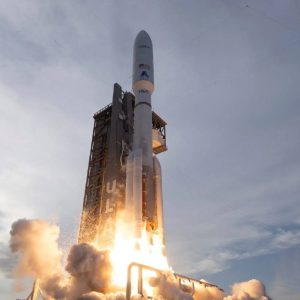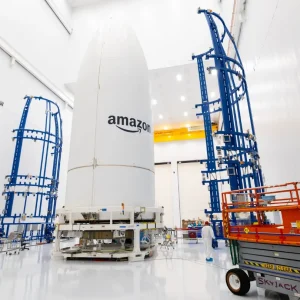
Telecommunications giant AT&T has teamed up with Nokia to make its IoT portal available as part of the Finnish company’s “WING” project, in a joint push for the rapidly growing global IoT market, the two announced today.
WING, or Worldwide IoT Network Grid, is Nokia’s global managed IoT service for network operators. It includes core network, dedicated IoT operations, billing, security, data analytics, and more.
It is designed to act as a borderless IoT network and provided as a “white label” managed-service model, meaning local operators can offer global IoT services to enterprise customers under their own brand.
 Making the IoT Fly?
Making the IoT Fly?
The idea of WING is that users gain sustained global connectivity for their IoT devices through intelligent switching between cellular and non-cellular networks.
Satellite-linked shipping containers, for example, could switch to being connected by a cellular network near a port. WING includes include core network, dedicated IoT operations, billing, security, data analytics, and more.
Nokia oversees the switching, meaning the customer gets a “seamless” experience, and only one bill, the company claims. Nokia said today that WING will have core network assets available in more than 20 countries across Europe, Asia, North and South America, and the Middle East by the early 2020s.
 Beak Ideas
Beak Ideas
The partnership with AT&T will see the latter’s Multi-Network Connect platform used to simplify connectivity and platform capabilities across the WING network. (The platform provides a single portal for businesses to manage IoT devices across WING’s multiple cellular and satellite networks, operators and regions.)
Commercial deployment of IoT between AT&T and Nokia will not launch until later this year. Sanjay Goel, president of global services at Nokia, said: “With AT&T’s leading position in IoT and proven experience meeting real customer needs, we have a winning combination to bolster our global IoT capabilities.”
The duo said they will be developing, testing and launching the “next generation” of IoT services across transportation, health, manufacturing, retail, agriculture, utilities, consumer electronics and smart cities.

 Making the IoT Fly?
Making the IoT Fly? Beak Ideas
Beak Ideas




